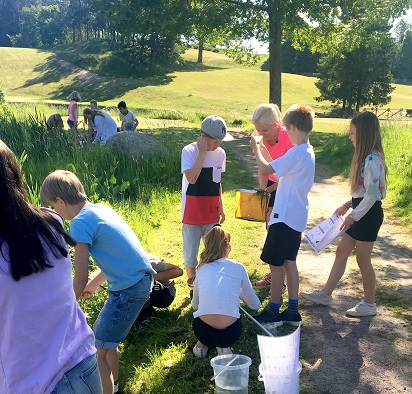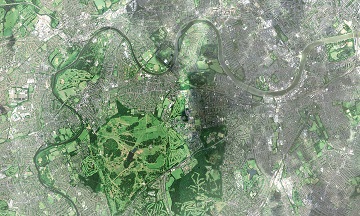LIV Golf Confirms New Executive Hires
London, England and New York, United States: Ahead of its next visit to Asia in early May, LIV Golf has announced a q...

London, England: A new publication entitled ‘Sustainable Golf Development – Public Facilities Guidelines’ has been launched. It is targeted at public decision-makers, developers and other influencers who are considering either new public golf development or planning the future of existing facilities.
The guidance illustrates that through careful and creative planning and decision-making, public courses, particularly those in urban areas, can go on to deliver even more enjoyment to local communities, while also increasing their wider service to society.
The central rationale behind the guidance is that by thinking more broadly about the ‘whole value’ that a public course and facility can provide can not only boost direct use, revenue and profitability, but can also elevate the wider environmental and social benefits provided.
Key themes that run through the guidance, and over 40 case studies, include:
Inside, the examples and guidance set out the social and environmental benefits associated with responsibly designed and managed public golf facilities, including means and methods of delivering sustainable refurbishments and long-term operations.
Sam Thomas, the Golf Environment Organisation’s (GEO) Foundation Director of Sustainable Golf Development, said: “With increasing competition for peoples’ time, availability of public land and public service budgets, there is a need and opportunity to make public golf courses as productive as possible. This guidance aims to help public golf decision-makers to effectively review operations and make more significant renovation plans, in a way that creates stronger businesses, as well as providing more services to society. It’s a win-win that we are eager to help more people unlock – for the benefit of golf, communities and the environment.”

Highlighting the value of sustainable high-quality cities to people and businesses, the European Commissioner for Environment Janez Potočnik said: “Europe’s cities need more than ever to be sustainable and should offer the kind of quality of life and opportunity that make people want to live in them and make businesses want to invest.”
Included are examples of watershed management in the United Kingdom, flood alleviation in Illinois, accessible sport for all in Peru and Portugal, environmental restoration in Switzerland, bio-diversity improvements in California and social or education initiatives in Sweden and Brazil. Beyond examples, there are practical ideas, insights, initiatives and technical guidance covering design, construction and maintenance of public facilities as well as their governance, size, function and costs.
And the golf industry is taking the opportunity to build in these wider benefits as it looks to reimagine public golf facilities for the 21st century.
Ross McMurray, President of the European Institute of Golf Course Architects, said: “Now, more than ever, golf course architects, like all designers working in open green space, must demonstrate the benefits to the local environment, society and economy – delivering long-term value for future generations.”

Bruce Charlton, President of the American Society of Golf Course Architects Foundation, added: “Public golf courses are most often the heart of the community, playing a key role in securing the recreational enjoyment of the citizens while providing an environmental asset that is suitable for many land uses.”
Endorsed by leading golf industry bodies, including The R&A, the publication supports the current focus on the importance of public golf to the sport.
Collated and authored by GEO Foundation, the international non-profit dedicated to helping advance sustainability in and through golf, the contents address wider societal challenges and goals with responsible, well designed and creative approaches to golf facility design, construction, management and operations.
The full version of the Sustainable Golf Development Public Facility Guidelines is free and available to download as a pdf here. This is the third in the series of Sustainable Golf Development publications including the Voluntary Sustainability Standard and the private industry’s Development Guidelines.
London, England and New York, United States: Ahead of its next visit to Asia in early May, LIV Golf has announced a q...
Singapore: The world’s top four ranked players will headline the 2024 HSBC Women’s World Championship at award-wi...
London, England: The Committee for Golf Club Salaries has recommended a 7% increase in the salaries of golf club st...
